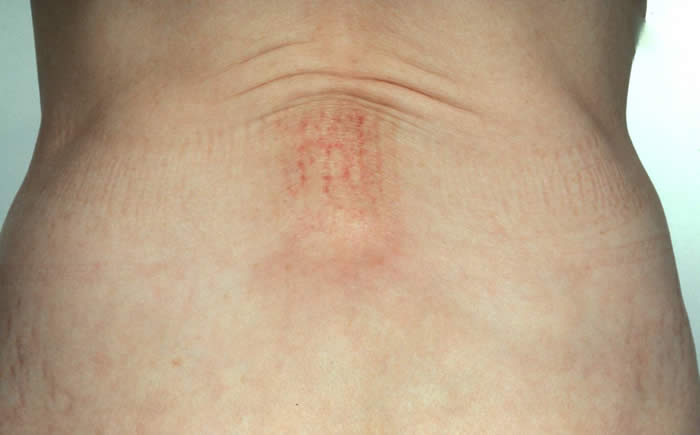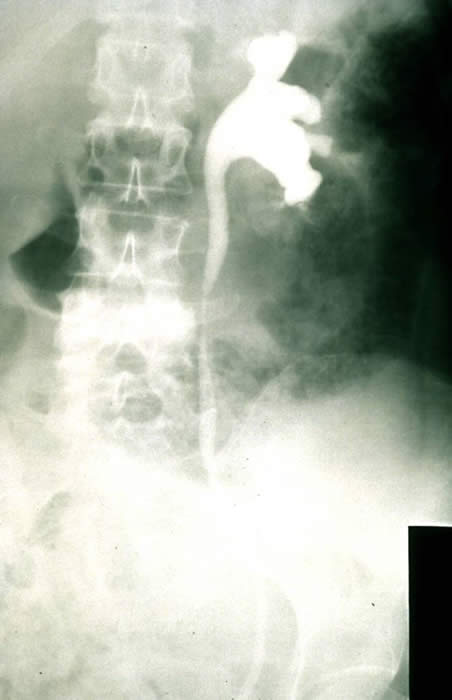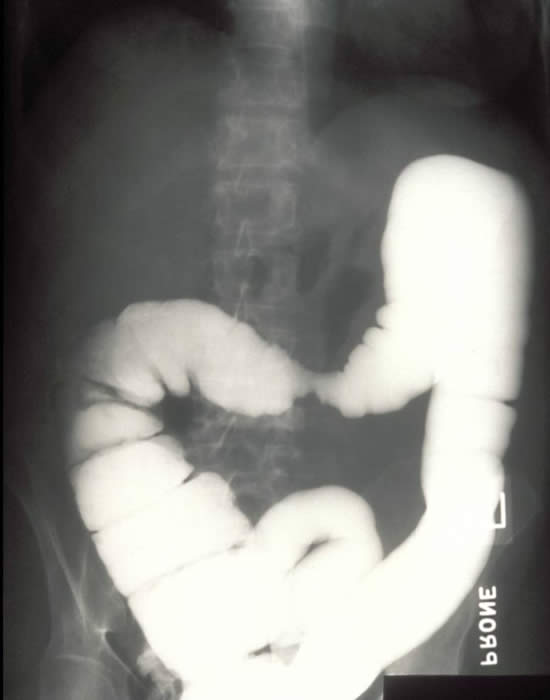Radiotherapy treatment is not associated with any pain or discomfort. Having treatment is just like having an ordinary X-ray taken.
But there are side effects associated with RT.
The severity of these side effects depends on many factors, eg.
- Where the treatment is given and how sensitive the organs are within that region to RT.
- How old the patient is - the younger the more severe the effect will be on development. RT can significantly reduce growth in children.
- How much total radiotherapy is given.
- How the radiation dose is split up or "fractionated".
- If the patient is receiving chemotherapy concurrently (increases risk of both early and late effects).
- If the patient has another condition that increases the risk of RT induced damage (such as diabetes or collagen vascular disease - these conditions can also damage small blood vessels and increase the risk of scarring).
There are two main categories of side effects
Early occur during or immediately after radiotherapy
- Skin - redness, peeling and itchiness.
- Hair - will generally fall out 3 weeks after the start of radiotherapy (and grows back 3 months later) only if it is within the radiation field.
- Mucosa - lining of mouth begins to ulcerate and becomes sore if it is in the radiation field.
- Vomiting and nausea may occur if the intestines are in the radiation field.
Late occur months to years after radiotherapy.
Damage occurs to normal tissues and blood vessels in the treatment field. For example:-
- Radical radiotherapy treatment to the head and neck region may result in destruction of the parotid gland, a dry mouth and accelerated tooth decay - so these patients need meticulous dental care.
- In a child retarded growth occurs in a radiated bone or intellectual damage if a large part of the brain is treated and the child is less than 5 years old.
- Hypothyroidism is common after radiotherapy to the neck.
Like chemotherapy, treatment with radiotherapy carries the small risk of a second malignancy much later in life. These are mainly solid tumors (sarcomas) within the treatment area.
Generally, it is not possible to irradiate the same region with a radical dose of radiation twice. Normal tissues always remember receiving that treatment and will not tolerate further radiation. Radiation damages small blood vessels and causes fibrosis.
Different normal tissues have different "tolerances" - the amount of radiation they can stand before there is a significant risk they will break down. Organs which are very sensitive include the spinal cord, the kidneys and the intestines.
Here is an example of a severe late skin reaction. High dose RT was given in a few large fraction sizes. The skin is fibrosed and puckered. There are small blood vessels over the surface called telangiectasia - which is a marker for late radiation damage.

Here is the underlying ureter - which is scarred and has a stricture

Here is the underlying bowel - which is also scarred and has a stricture.


